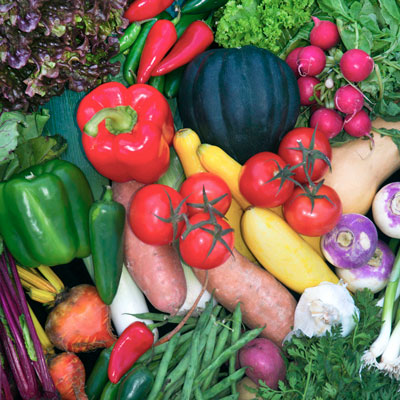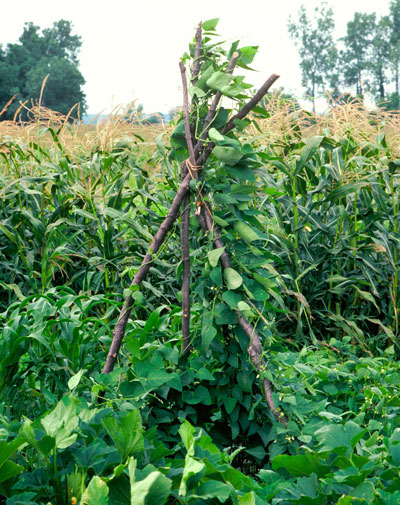Tips to a More Productive Garden
A couple of the things that can help ensure your success growing vegetables here in Texas are now out of your control for another season. But I’ll list them, along with the ones over which you still have jurisdiction.

We’re in prime vegetable time, but see if you’re following the rules.
1. Start with a full-sun location. All vegetables produce best when grown in full sun.
2. Prepare the soil to a depth of 12 to 14 inches by adding in 5 or 6 inches of organic matter (and 1 inch of expanded shale to amend a clay soil). The finished plot should be 6 to 8 inches above the surrounding grade to ensure good drainage.
3. Plant at the proper time for your area. Each crop that you grow will have about a two-week window. Once you get outside that window you run into hot weather problems as the crops mature.
4. Allow ample space between rows. See next pointer for additional information.
5. Thin your seedlings to stand the recommended distances apart. Crowded plants quickly become weak and unproductive.

This farm garden looks crowded, but fact is, all of these crops are properly spaced. Know the facts before you plant.
6. Use a mulch or weed-blocking fabric to keep weeds out of your garden. Weeds use water faster than your vegetable crops. Keep a sharpened hoe handy for touchups.
7. Water your vegetables regularly. Let them get too dry and wilt badly, and the produce will be hot, bitter or otherwise off-flavored.
8. Maintain good levels of nutrition. Soil tests every couple of years will tell you what nutrients need to be added. Don’t be surprised if they show excesses of phosphorus and potassium, thereby calling for nitrogen only, even for fruiting crops like tomatoes.
9. Learn the insect and disease problems that are most likely to bother your plantings and how to recognize them. Take appropriate steps to stop them as soon as you see them.
10. Harvest at the peak of perfection. Each crop will be different, but for examples, don’t let cucumbers or squash grow to more than 50 to 60 percent of their fully mature sizes (lose flavor and become fibrous). Tomatoes should be harvested as they start to change colors. Don’t wait for red, mature fruit or you’ll risk sunscald, bird pecking and cracking. They will ripen indoors normally with no loss of flavor or nutritional value.
Bonus: Make plans now for a fall garden. Many years they will be far more productive than spring plantings. Watch for planting dates here starting in late June.
